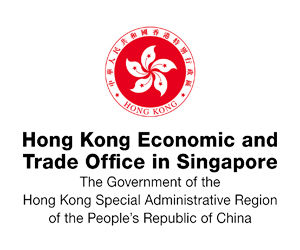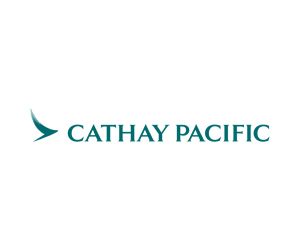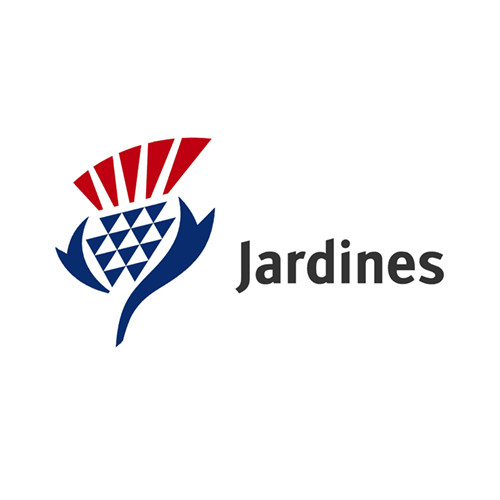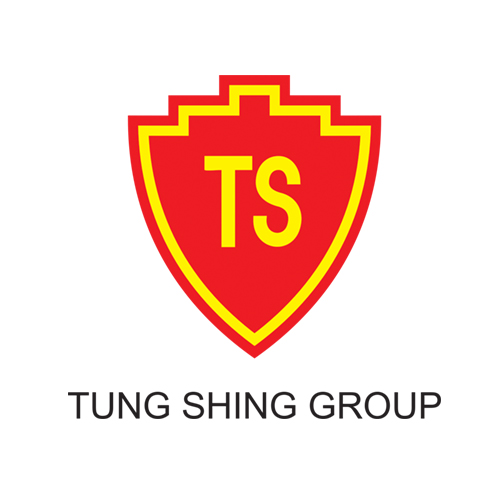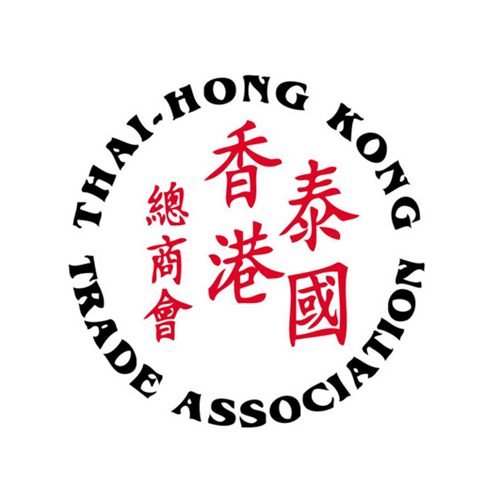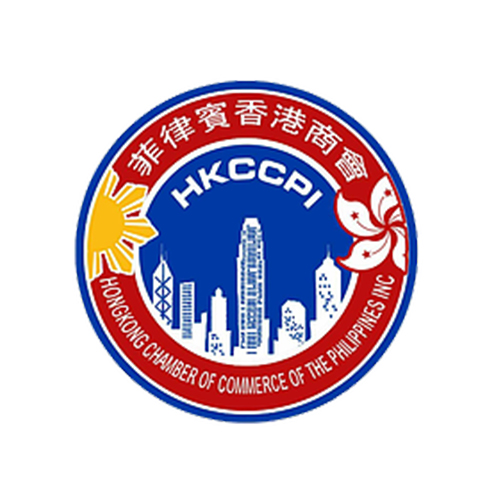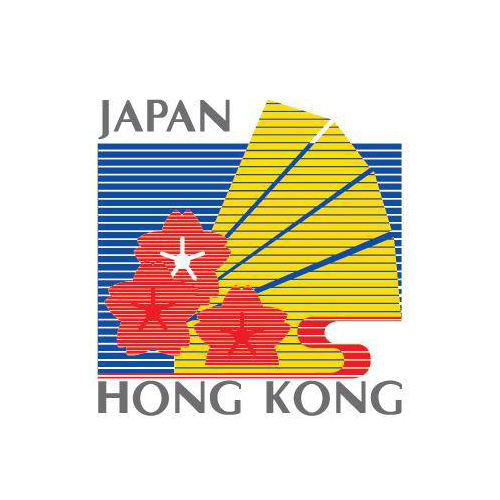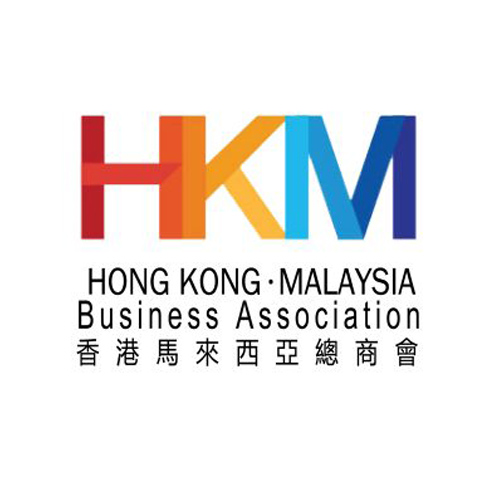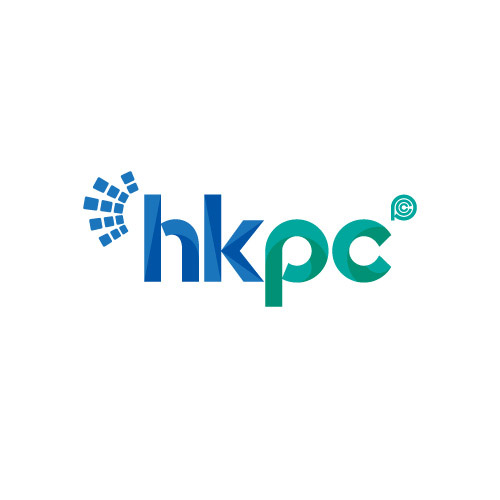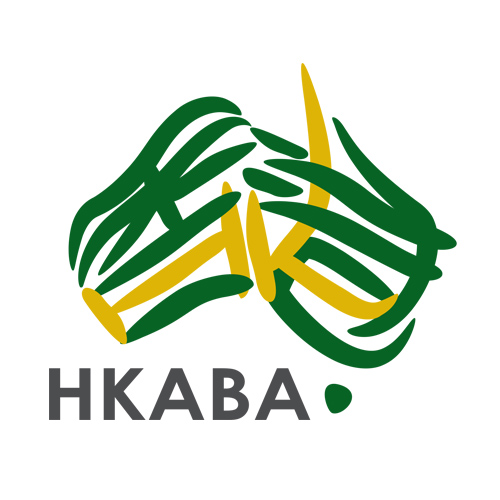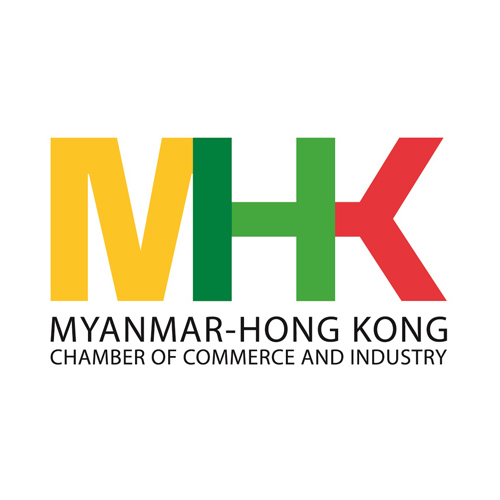Want to be in the loop?
subscribe to
our notification
Business News
UNLOCK TRANSPORT POTENTIAL TO ACCELERATE MEKONG DELTA GROWTH: PM
Prime Minister Pham Minh Chinh called for “faster, bolder and greater” action in Mekong Delta transport infrastructure development, stating that each year must be better than the last, and each term must surpass the one before.
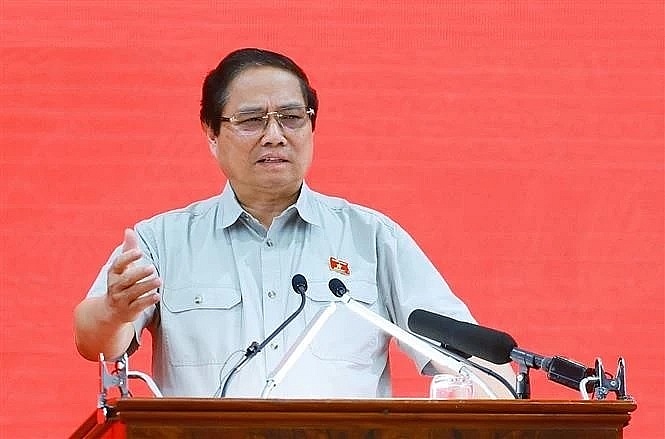
Prime Minister Pham Minh Chinh addresses the conference. (Photo: VNA)
Can Tho - Unlocking all modes of transport, including road, air, maritime, inland waterway, and rail, is key to lifting the Mekong Delta out of poverty and propelling its growth, Prime Minister Pham Minh Chinh has said.
Addressing a conference in Can Tho city on April 21 to review the progress of major transport infrastructure projects in the south, PM Chinh underlined that each generation must contribute to achieving this overarching goal.
According to the road network plan for 2021–2030 with a vision to 2050, the region will have 1,256km of roads, comprising three vertical and three horizontal expressways.
Currently, 121km of vertical expressways have been completed, including Ben Luc – Trung Luong – My Thuan (91km), My Thuan – Can Tho (23km) and My Thuan 2 Bridge (7km). From 2021 to 2025, ten additional expressway projects totalling 432km are being implemented. A further 703km are planned for the coming time, including the 90km Ca Mau – Dat Mui route.
With strong Government oversight and local cooperation, issues such as land clearance and the supply of construction materials have been largely resolved, allowing smoother implementation.
Key projects include Can Tho – Ca Mau (110km), which is scheduled to complete by 2025; Chau Doc – Can Tho – Soc Trang (191km), expected to finish in July 2026; and Cao Lanh – An Huu, to be completed by 2027. Meanwhile, the My An – Cao Lanh project's construction will begin June 2025, the Cao Lanh – Lo Te and Lo Te – Rach Soi projects have their construction deadlines in 2025, and the Ho Chi Minh Road (Rach Soi – Ben Nhat, Go Quao – Vinh Thuan) and Rach Mieu 2 Bridge are all scheduled for completion this year.
In aviation, the region currently has four airports: Can Tho, Ca Mau, Rach Gia and Phu Quoc. A high-speed rail line connecting Ho Chi Minh City and Can Tho (174km) is planned for investment before 2030, with a future extension to Ca Mau under review.
The maritime network includes 12 seaports across all delta localities, while a comprehensive system of inland waterways and logistics corridors is being developed.
PM Chinh affirmed that in special circumstances, with extraordinary efforts and methods, exceptional results have been achieved, surpassing initial targets.
He outlined three key requirements for all infrastructure projects: completion on time or ahead of schedule, high quality, and no cost overruns, adding there must be zero corruption and strict adherence to environmental standards.
The PM instructed the Ministry of Construction to issue guidance next week on adopting advanced technologies to accelerate construction.
With building materials now largely secured, he called on relevant ministries to expedite the reallocation of sand and the transfer of mining rights between projects to ensure resource efficiency. The Ministry of Finance was tasked with guaranteeing sufficient funding.
Drawing inspiration from the Great Spring 1975 Victory, the PM called for “faster, bolder and greater” action in transport infrastructure development, stating that each year must be better than the last, and each term must surpass the one before. He stressed a long-term vision that prioritises national interests above all.
By the end of the current term, the region is expected to have 600km of expressways, with a goal of at least 1,300km by 2030 - 100km more than initially planned.
Plans are also in motion to expand Phu Quoc, Ca Mau and Rach Gia airports, with local governments responsible for land clearance. Key seaports under development include Cai Cui, Tran De and Hon Khoai.
The Government leader also underscored the need for comprehensive and inclusive development, underpinned by transparency and accountability, with clear responsibilities, clear timelines, and clear outcomes.
He reiterated the principles of ensuring the benefits of the State, the people and enterprises, and say no to corruption and wastefulness of public assets and resources.
Beyond transport, the Government plans initiatives to combat land subsidence, erosion, and salinity, and to enhance health care, education and human resources development, he stated.
Source: VIR
Related News
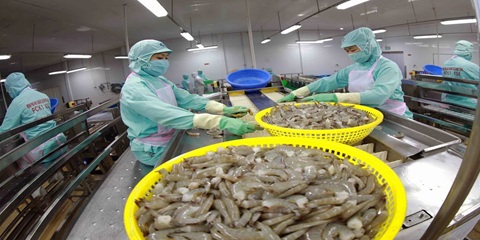
VIETNAM’S SEAFOOD EXPORTS HIT OVER US$10 BILLION IN JAN-NOV
Seafood export revenue in November alone amounted to nearly US$990 million, up 6.6% year-on-year. Key product groups posted solid gains. Shrimp exports rose 11.7% to over US$385 million, supported by strong demand for whiteleg shrimp and lobster. Tra fish shipments increased 9.7% to almost US$197 million, while marine fish, squid, and mollusk exports maintained their recovery.
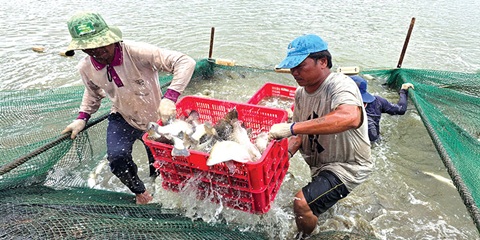
VIETNAM’S AGRO-FORESTRY-FISHERY EXPORTS HIT NEW RECORD IN JAN-NOV
Vietnam’s agro-forestry-fishery export revenue reached an estimated US$64.01 billion in the first 11 months of 2025, up 12.6% year-on-year and surpassing the full-year record of US$62.4 billion set in 2024. Agricultural exports reached US$34.24 billion, up 15% year-on-year, while livestock products brought in US$567.4 million, a 16.8% increase. Seafood exports rose 13.2% to US$10.38 billion, and forestry products earned US$16.61 billion, up 5.9%.

HANOI REPORTS RECORD-HIGH BUDGET REVENUE IN 2025
Hanoi’s budget revenue is estimated to reach VND641.7 trillion in 2025, the highest level ever recorded and nearly 25% above the revised target, according to a report by the municipal government. Data from the city’s socioeconomic performance review shows that total state budget collections in 2025 are projected to reach 124.9% of the adjusted plan and rise 24.9% from 2024, the Vietnam News Agency reported.
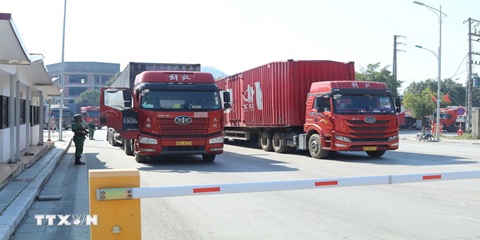
VIETNAM, CHINA TO PILOT TWO-WAY CARGO TRANSPORT AT LANG SON BORDER
Vietnam and China will launch a one-year pilot program on December 10 to allow two-way cargo transport through the Huu Nghi–Youyi Guan international border gates in Lang Son Province, reported the Vietnam News Agency. The Dong Dang-Lang Son Economic Zone Management Board said the trial aims to reduce transport costs and improve customs clearance capacity.
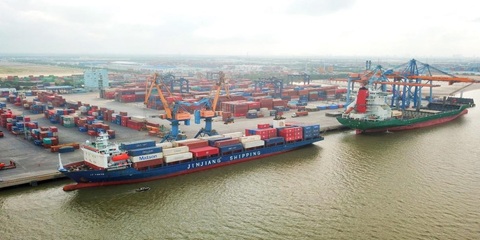
VIETNAM’S IMPORT-EXPORT VALUE NEARS US$840 BILLION IN JAN-NOV
The total value of Vietnam’s imports and exports was nearly US$840 billion between January and November this year, the highest level ever recorded, according to the National Statistics Office. In its latest report on the country’s socio-economic performance, the National Statistics Office highlighted a series of positive economic indicators, with trade emerging as one of the strongest drivers of growth.

OVER 19 MILLION INTERNATIONAL VISITORS COME TO VIETNAM IN JAN-NOV
Vietnam received more than 19.1 million international visitors in the first 11 months of 2025, a 20.9% increase year-on-year and the highest level ever recorded, according to the National Statistics Office. The figure surpasses the full-year record of 18 million arrivals set in 2019, before the Covid-19 pandemic. Nearly two million foreign visitors arrived in November alone, up 14.2% from October and 15.6% from the same period last year.
